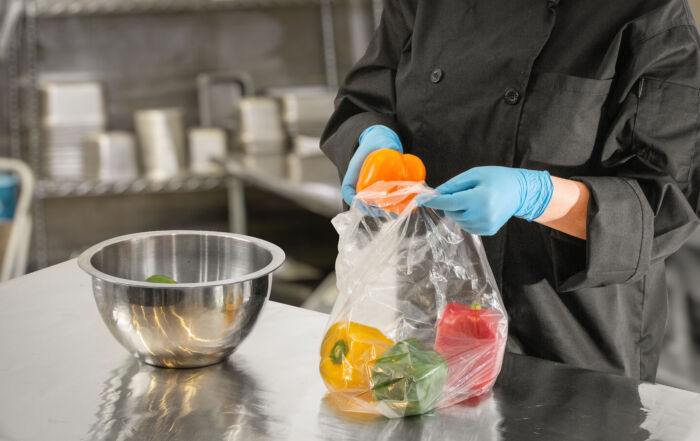Training How To’s
In our first blog earlier in April, we covered the fundamentals of training for foodservice staff reviewing the Who, What, When, Why, Where and How. In this posting, we will dive deeper into the How-To part. We know most Persons in Charge (PIC) of a foodservice know best practices related to food safety and sanitation. The challenge is in how to communicate this to staff in a way that 1) it will be heard, and 2) it will be acted upon!
There is a great deal of diversity among those who work in foodservice operations. In your operations, you may have staff with various cultural backgrounds, ages, and ways they best learn. Research has shown that including a variety of approaches when communicating with staff is effective, as this will increase the chances of best reaching all employees. Research has also shown that short segments (say 5 to 15 minutes) can be effective in retention. What is also clear is the repetition of information, followed with practice and reinforcement, so that the desired behavior becomes routine for the employee.
Think about hand washing. Signage that tells employees to wash hands (both when and how) is a good reinforcement of the Standard Operating Procedure (SOP). But helping it become a routine means making sure all the tools are easily available (for example, hand washing sink is close to work areas and accessible), and that staff truly get why they should wash hands. Telling the why is a key part of training – communicating the impact if the SOP is not followed. Impact can be communicated with visuals (say, the YUCK photos [that show amount of bacteria from unclear hands or surfaces), or a story telling of how an outbreak occurred that may have led to deaths of unsuspecting customers. Younger generations (or those permanently tied to their devices) could be encouraged to go online and see if any reported foodborne illnesses were due to improper hand washing, and then report results. The bottom line is that if staff realize they have a role to play in preventing an illness, most will be motivated to follow SOPs because then it is not “just because I said so” but because it truly makes a difference.
Beyond communicating impact, research on effective training (that is training that results in adoption of desired behaviors) strongly supports engagement of the trainees. We mentioned in the first blog the North Carolina Short Sets that use a “Know, Show, Do, and Coach” approach. With this style applied to hand washing, the trainer would first communicate the “what and why” of hand washing, as outlined in the organization’s SOP. The trainer would then show proper hand washing procedures and include impact either through use of a fluorescent lotion or other technique. Next, trainees would have a chance to practice proper hand washing (could use the fluorescent lotion), followed by an evaluation of whether their hand washing was effective (coaching). Coaching continues after the training session through monitoring and encouraging all staff to remind each other about hand washing if needed. Involving all team members in monitoring helps instill a safe food handling culture.
As indicated, this template can be customized to the particular group and setting. The key points are to keep the content short and sweet and to engage participants. Multiple sessions of shorter length are much better received by trainees than a full day “one and done” approach!
Remember, you don’t have to go it alone. Cooperative extension offices have many resources available, some online (free downloads!) or actual props (such as the fluorescent lotion and UV lights) available for use. FoodHandler has signage and videos to support training messages. Training is helping staff develop the knowledge and the attitude to follow safe food handling behaviors. And we all know, safe food handling behaviors reduce the risk of a foodborne illness stemming from your foodservice.
Risk Nothing!
READ MORE POSTS
Preventing Norovirus in your Foodservice Operation
Norovirus is one of the leading causes of vomiting and diarrhea in the United States, [...]
Safe Handling of Leftovers in Foodservice Operations
In any foodservice operation, leftovers are inevitable. After managing a family-style restaurant, where all-you-can eat [...]
Turn your Health Inspector into your Food Safety Ally
For many foodservice operators, keeping up with evolving regulations can feel like chasing a moving [...]
Time and Temperature: Why 41°F to 135°F?
In one of my last blogs, I mentioned the temperature danger zone, or TDZ, as [...]










